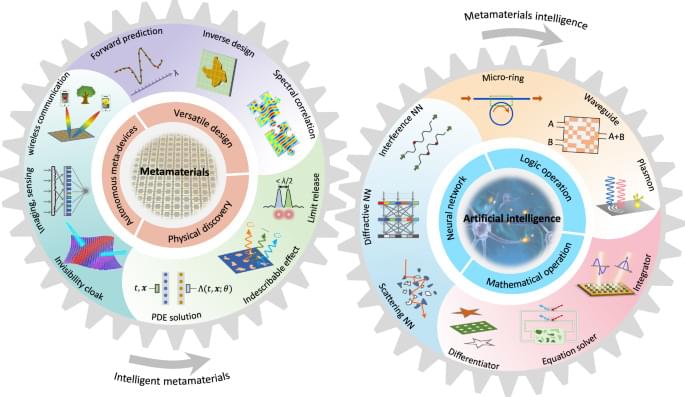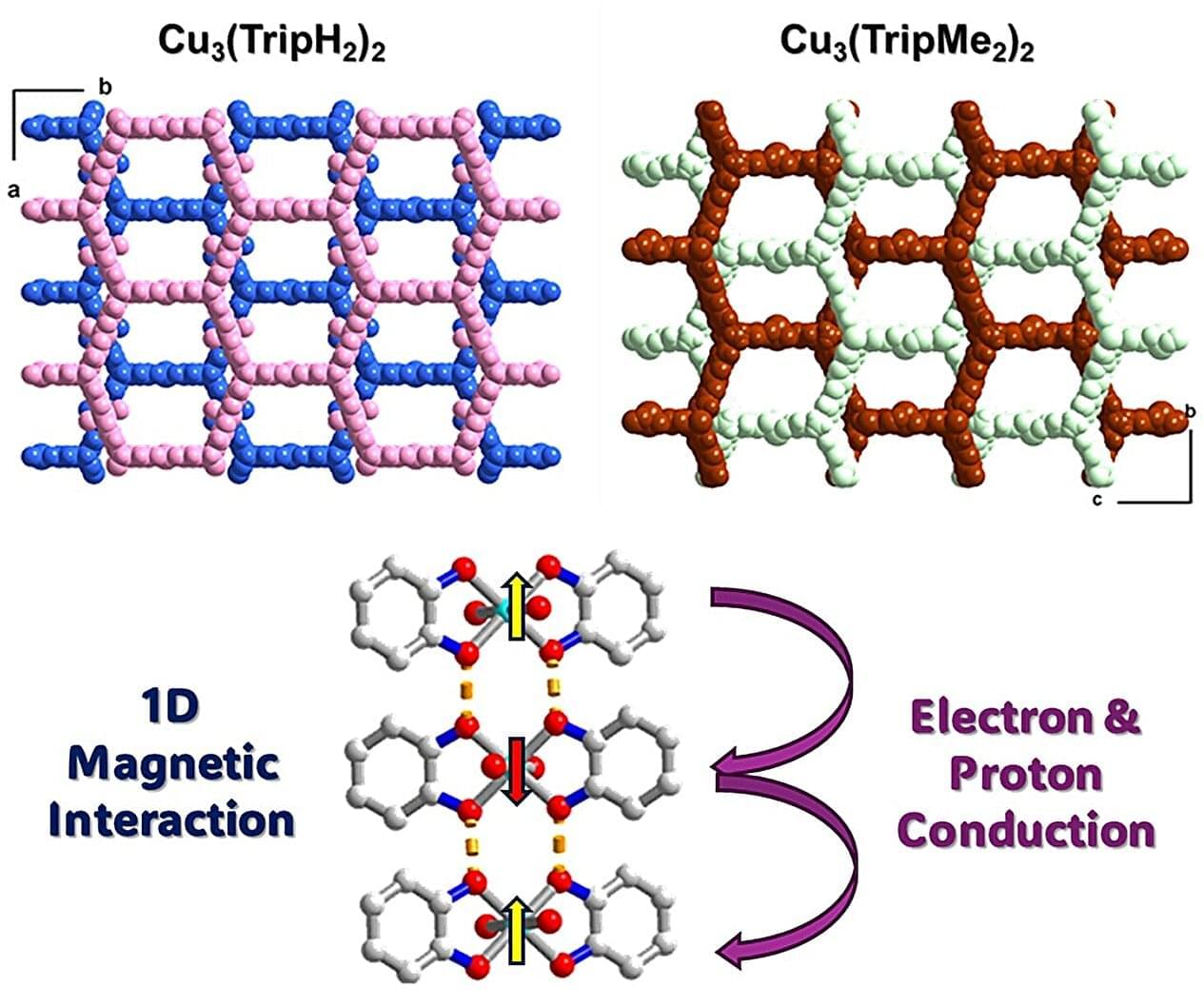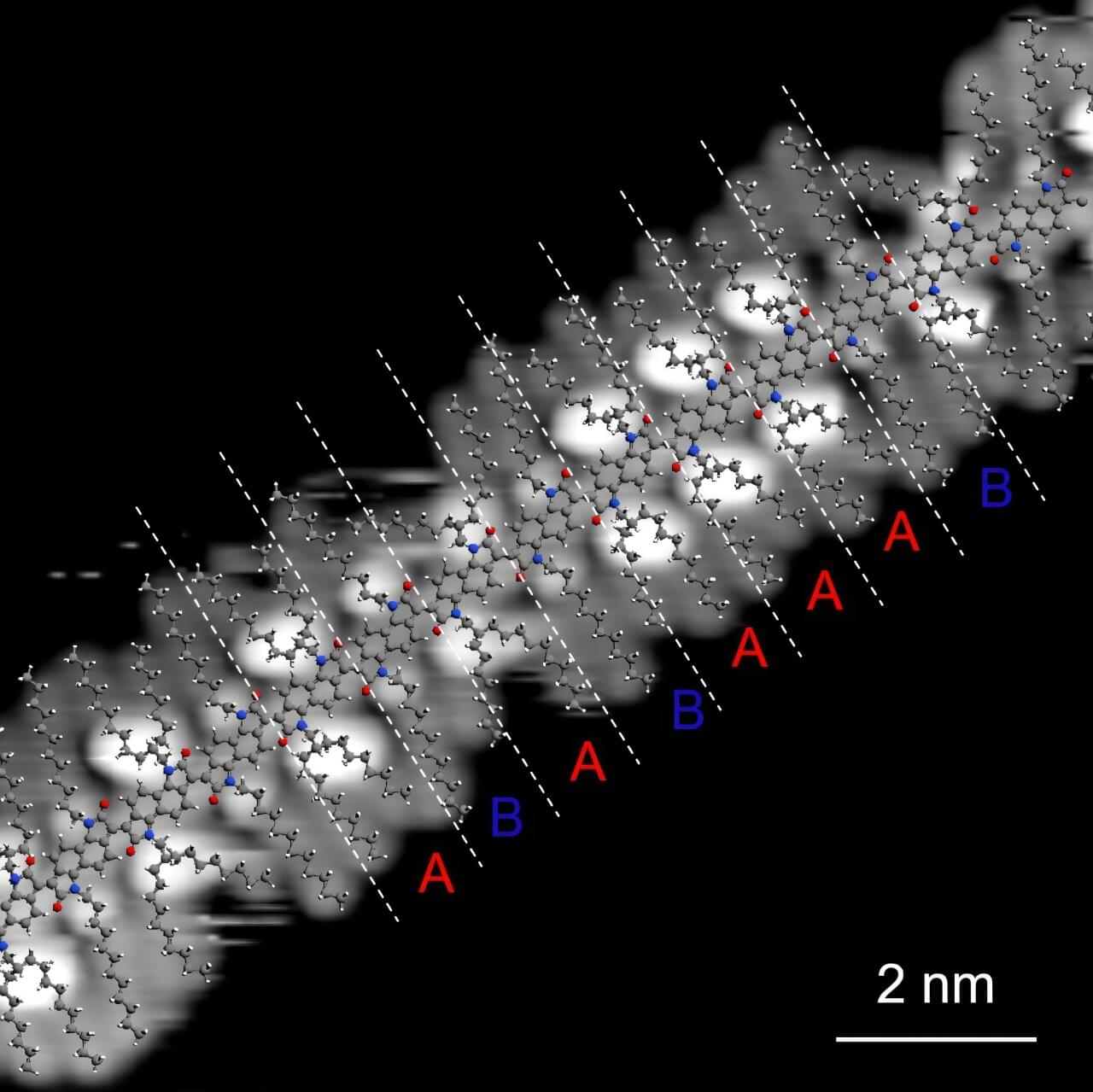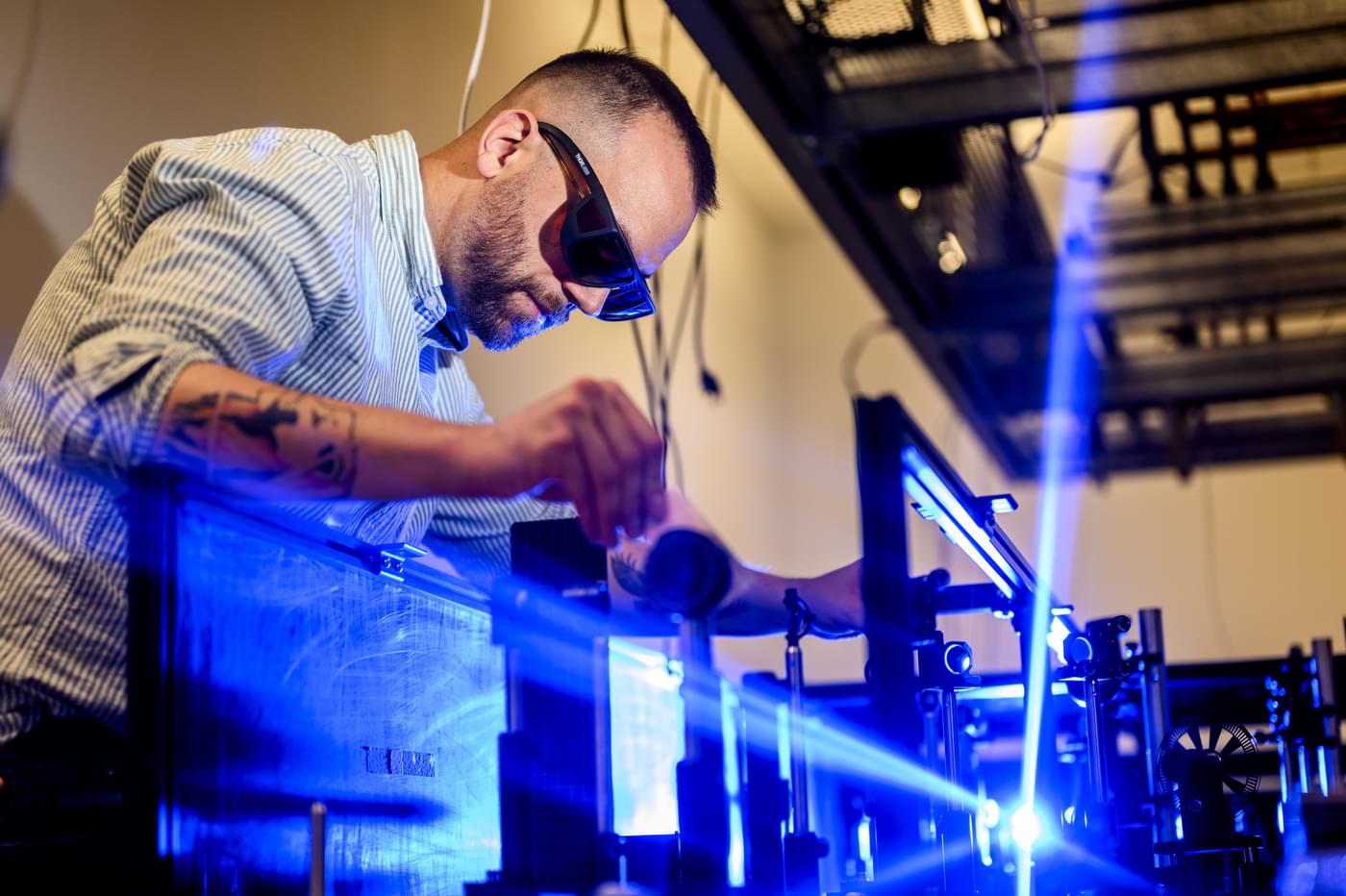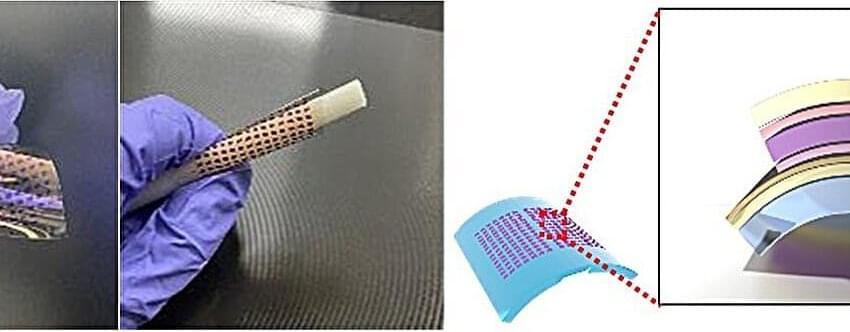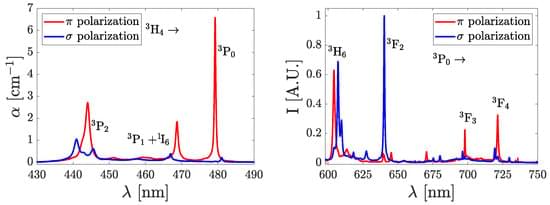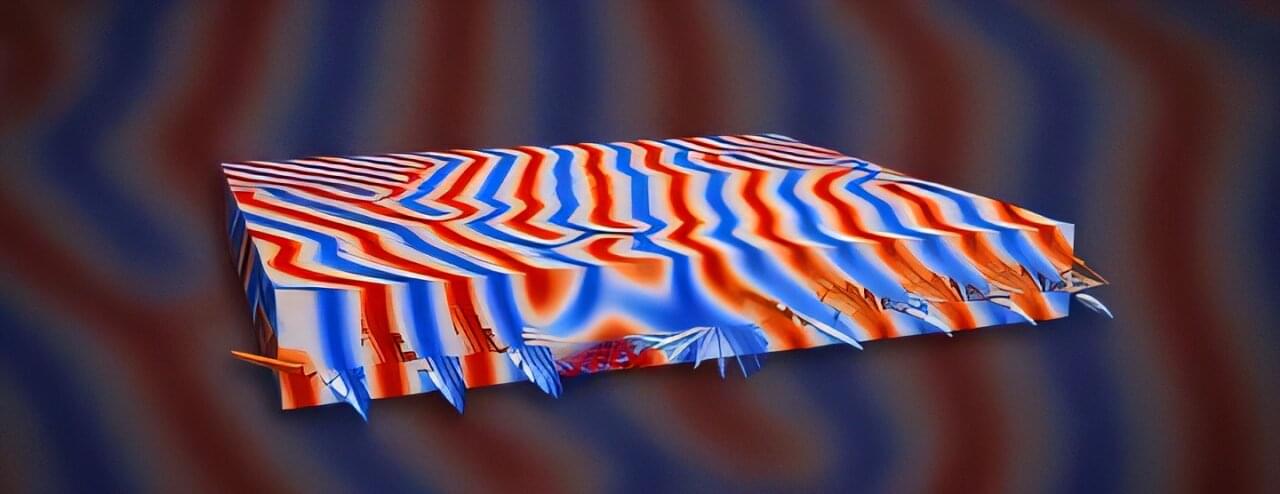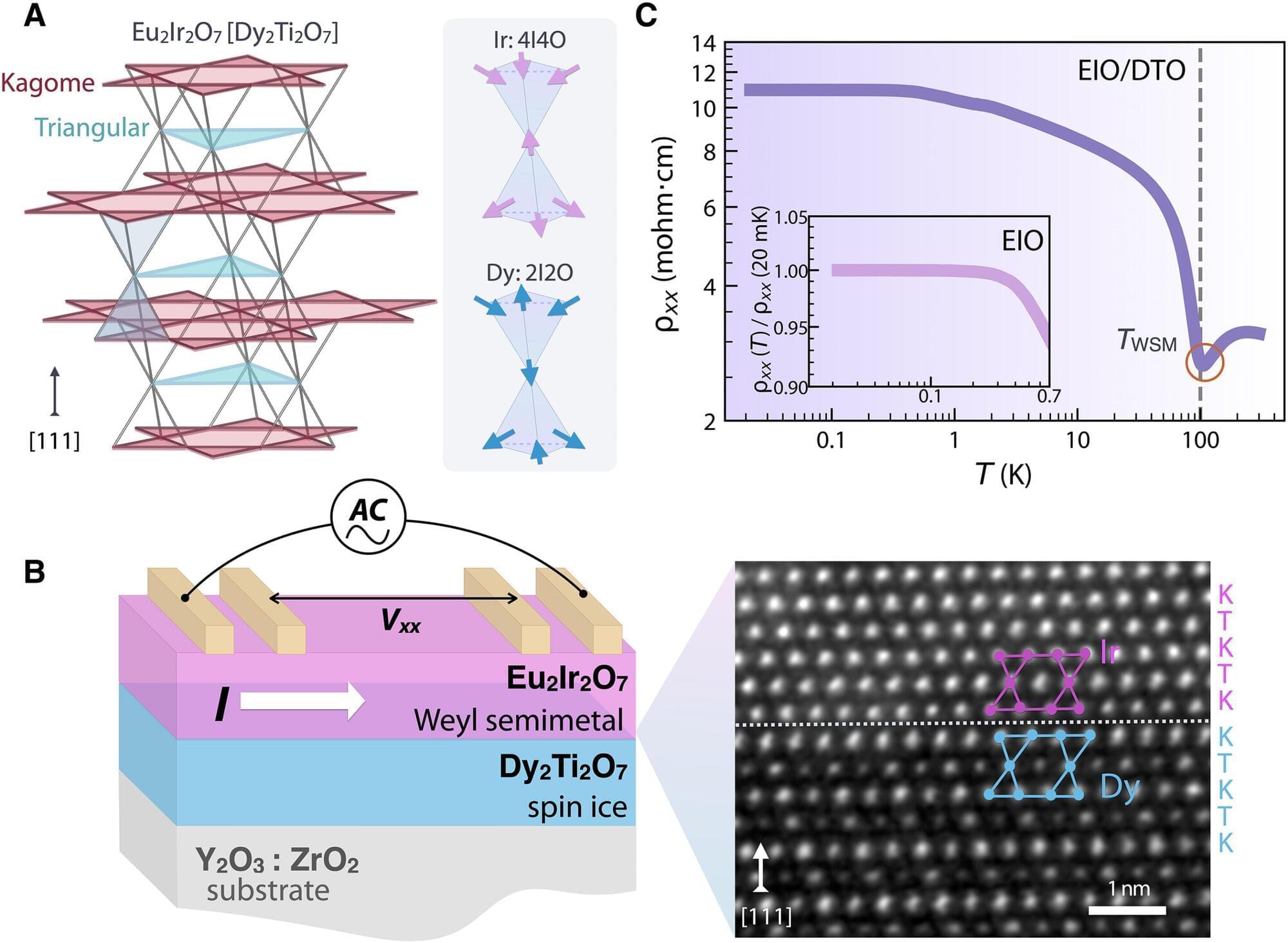Surgeons at The Johns Hopkins Hospital have performed the world’s first total penis and scrotum transplant.
The patient suffered a devastating injury several years ago from an improvised explosive device while serving in Afghanistan. He is now recovering at the hospital after the 14-hour procedure in late March, which repaired his abdominal wall, gave him a new scrotum and attached a donor penis.
“We are optimistic he will regain near-normal urinary and sexual functions,” said W. P. Andrew Lee, director of plastic and reconstructive surgery at the Johns Hopkins University School of Medicine.
